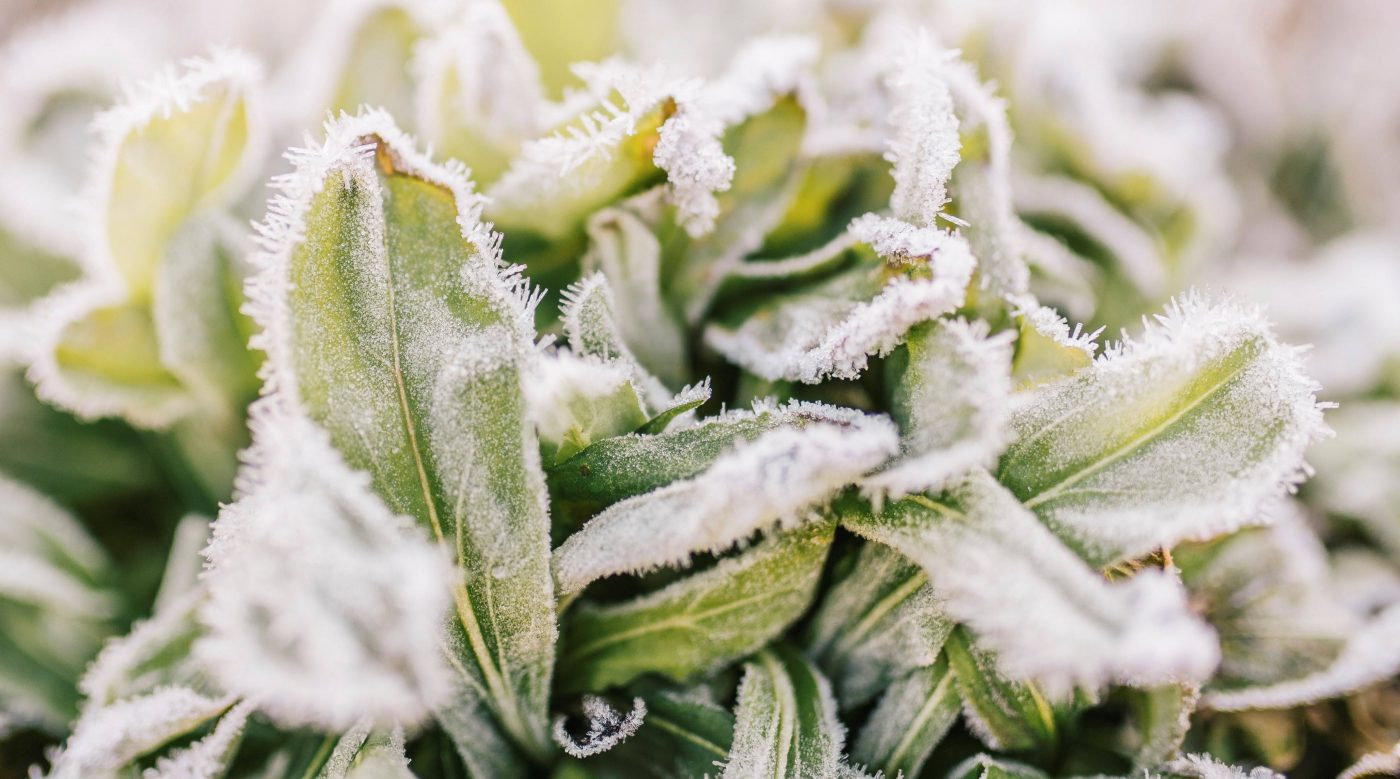It’s nearly the end of August and unexpected frost might come in early September when the average temperature drops to under 32°F with snow. This will damage vegetable crops, nip fruit buds, and leave frost cracks on the bark that were left outdoors. That’s why it’s so essential to deeply understand how to protect plants from frost, especially young and tender plants as the cold weather sets in.
Unless you live in warm air temperatures all year round, all the plants in your garden will be in need of protection from the sudden cold snap. Don’t ever overlook the need for frost protection as they will happen unexpectedly even when you do follow strictly the local weather forecast. Protecting plants from frost is not a tough task but requires gardeners always keep an eye on every signal of the cold attack.
When vulnerable plants experience frost damage, their leaves begin to limp and interrupt the process of absorbing water and air throughout the plants. There are many ways to best protect plants from frost and help them extend their growing season. However, the frost protection will not keep your plants alive indefinitely but just a little longer as when there is a hard freeze or killing frost, trees in gardens, except for perennials, will hardly survive without proper protection.
Read on to find out how to best prevent frost damage and even damages caused by the rapid freezing of colder temperatures in wintertime. Your plants would be glad if you did well!
Don’t hesitate to call Green Arbor Landscaping at (206) 279-1450 TODAY!
I. What is Frost?
Frost generally occurs on calm nights when the temperatures dip to 32 degrees Fahrenheit along with water vapor existing in the air. On these nights when the frost comes to your area, the temperature doesn’t reach freezing temperatures while there is no wind to disperse patches of water in the air so that it condenses to the frost layer.
Since it prevents the movement of fluids, the plants not containing enough water throughout themselves will suffer cell structure damage. As a result, their leaves begin to shrivel up and turn brown, which is the signal of death.
Frost also occurs with strong wind but it is an extremely worse matter since this chilling wind will bring much cold air to the garden, leading to winter time when everything is frozen.
II. Frost Sensitive Plants – Which Plants to Protect
Not all plants need protection from frost because some hardy plants can thrive in spite of the colder temperatures in the short term without any injury. However, some plants known as “tender” are susceptible to frost that can be killed or injured even when light frost does form. You should protect plants from frost, especially when your lawn is filled with tender plants, if you notice any sign of predicted temperatures that could dip under freezing.
Below is the list of frost-sensitive plants to check their conditions beforehand:
- Tender perennials such as Elephant ears (even die if temperatures reach 50 degrees Fahrenheit), Dahlia, Canna, and Caladium
- Edible trees such as Tomatoes, Beans, Eggplants, Pumpkins, Sweet potato vines, Corns, and Citrus trees
- Spring-blossom trees such as cherry, fuchsia, geraniums, and rhododendron.
- Subtropical and tropical plants
III. Know Frost Dates in Your Area – Renton Landscaping
The first and easiest way to protect plants from frost is knowing the frost dates to determine when to start seeds and when to purchase plants. Although these dates might change over time, forecast general freeze and frost dates are usually preferred by gardeners as they can predict the weather conditions for their region.
Try to access the website of the Atmospheric Administration (NOAA) to get frost/freeze information. But remember that the frost dates are based on average historical data which can hardly predict accurately smaller microclimates towards your yard garden. The actual dates must depend on current weather patterns.
So keep an eye on the weather forecast as well because it will tell you how the temperatures and the moisture would be to take any action on time.
>>> See more: Fall Care Landscaping and Spring Yard Services
IV. Hardy Frost vs Light Frost
Light frost happens when the air temperatures drop below 32 degrees Fahrenheit accompanied by a freeze. At the same time, hard frost can develop at temperatures of 28 degrees or lower and the moisture is abundant in the air. And in many states in the US, fall and early spring frost are more detrimental to frost-sensitive plants, especially annual plants.
Without frost protection, plants experiencing hard frost will wilt and be extremely damaged that plant tissues may never recover. Some hardy perennials can survive throughout the frost conditions without injury while annuals cannot. This is because annual trees will complete their cycle within a year and never come back in the next spring, they are more susceptible to colder temperatures.
For example, some annual trees such as coleus will completely drop their leaves when dealing with the first frost in the autumn and not come back in the spring. Perennials are usually known for not being damaged by frost, however, their tissues tend to be susceptible to colder temperatures, like spring frost, and affect their fruit production.
Explore how to collect fallen leaves in fall here
V. Effective Ways to Protect Plants from Frost
1. Cover Plants with Mulch Layers
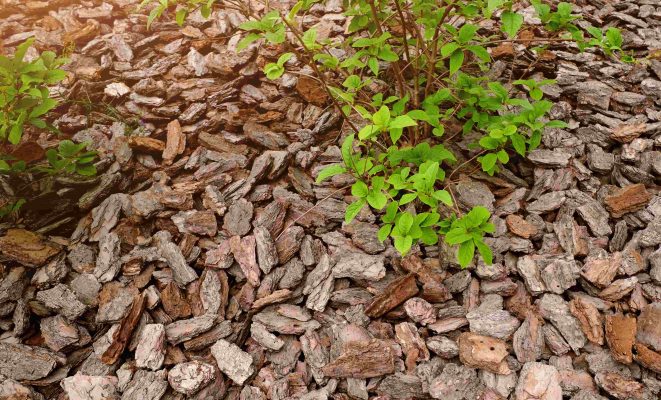
If the forecast tells that there will be a light frost coming into your area, applying a dry mulch could be an effective temporary help for freezing protection. There are some types of dry mulch you can use for this situation to protect plants from frost, including chipped bark, leaf, straw, or hay mulch. Although it could also be effective for protecting plants from frost damage, mulching can do nothing with a hardy-and-long cold period.
Mulching can act as a barrier for the soil against heat from the sun as well as keep soil retain heat a bit longer which is expected to protect perennial plant roots. However, remember to remove the mulch layer as soon as the danger of frost is over.
>>> Read more about mulching garden beds
2. Bring Potted Plants Indoors
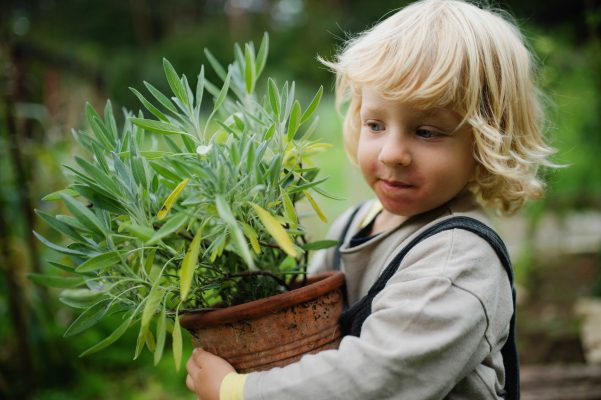
One of the most effective and easiest ways to protect plants from frost is to bring potted plants inside since the root systems of potted plants have to resist temperature fluctuations and be more susceptible to frost than those planted in the ground.
Container plants can easily reach a lower temperature and cold to reach root damage which will stunt their growth in spite of not killing them ultimately. Unless you want your plants to turn brown, use a frost-free greenhouse or garden room, which is not too warm, to bring them indoors.
Remember to check for any signs of insects or pests during the moving process as they can infect your other plants apart from exacerbating the problem.
3. Warm Plants with Water Jugs

For young seedlings or new seeds, try to fill some plastic or milk jugs with water and place them in the sun during the day to absorb heat. At night, set the jugs around the plants and cover them with fabric or sheeting to slow down the heat loss towards the soil and the air. Additionally, this process will release the retained heat to warm up and protect plants from the cold air.
For each plant, you should place one large gallon jug and remember to keep the soil moist. According to the research of Michigan State University Extension, moist soil is the warmest of all types of soils and can keep heat five degrees F more than dry one. So remember to water the soil well before frost and any methods applied.
4. Wrap Tree Containers
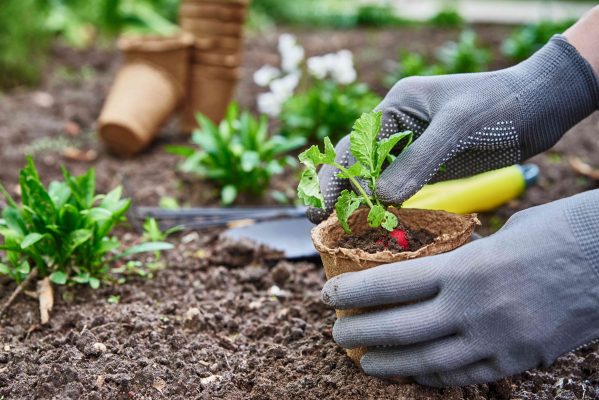
As we mentioned above, container plants (potted plants) are more likely to suffer from their roots freezing. In cold weather, some containers will be cracked and if you cannot move these containers indoors, try to wrap them with bubble plastic, horticultural frost cloth, or burlap and place them in sheltered areas, for example in the greenhouse where you can group them together to against frost damage.
And if you plant some fruit trees, remember to wrap the trunks and all branch systems to keep the temperature underneath the burlap strips or tree wrap warmer. This will prevent splitting caused by frost crack. Also, raise the wrapping over the tree at least high up as the branches, and place containers of small species like tomatoes and peppers above a stool or a patio chair to allow water throughout them easily without freezing.
Tips: If necessary, place 40-watt incandescent bulb under a large wrap to produce additional heat when the forecast is going to below 30 degrees Fahrenheit.
As soon as the temperatures rise, remove all wrapping to allow plants to receive direct sunlight and air to protect plants from frost.
5. Harden Seedlings
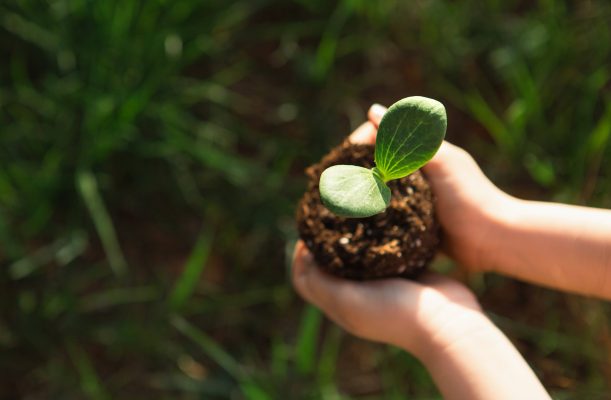
About 14 days before transplanting new seedlings, try to expose them to outdoor conditions to let them gradually familiarize themselves with the environment and help them grow more strongly in the vicissitudes of early spring. This process is called “hardening off”.
During the day, place the seedlings in a warm place outside and protect them from the wind when the temperature is quite mild. At night, bring them indoors. Repeat this process and after two weeks, you can transplant the stronger seedlings.
See our list of services – Landscaping Services Bothell WA
6. Protect Plants with Cloches
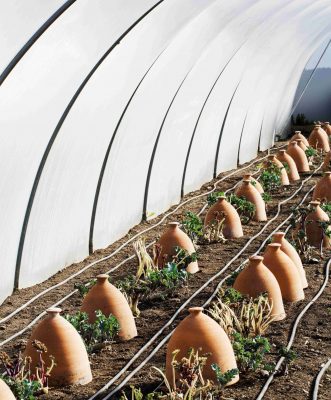
One of the best methods to protect plants from frost is using a cloche. Cloches are made of glass or plastic domes, which are highly ornamental, to create a mini greenhouse for vulnerable seedlings. These cloches will keep the warmth inside and prevent frost from touching plant tissues.
However, cloches are quite small that can only protect tender young transplants and smaller plants from frosts, such as tomatoes, spinach, spring onions, broad beans, and peppers instead of fully-grown plants. Like other cover methods, cloches should be placed outside before sunset to keep warmth and removed in the morning once the frost is thawed. Remember to stack them deeply into the ground since cloches are lightweight.
7. Cold Frame
If you have cold frames already, place young hardy plants shelter there when the forecast is a light frost. This not only protects plants from frost but also ensures they will have good ventilation.
Call West Seattle landscapers for tree care services in winter!
8. Water Before Nightfall
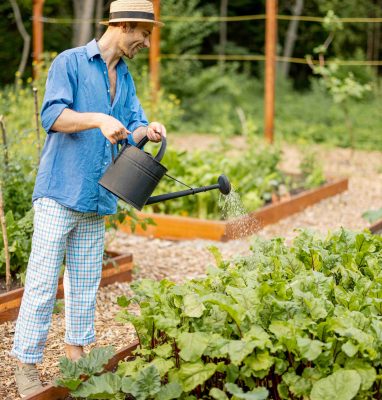
You will never imagine how effectively your watering routine can help protect your plants from frost. It might sound crazy but it does help!
Watering before the previous nightfall before a spring frost to produce wet soil as a protective layer for plants. Wet soil will absorb heat during the day and release moisture at night to keep the soil warm and raise the temperature in the air. This will use the soil as a type of insulation that can keep the plants healthy and hardy at the same time.
You can also combine water with any supportive cover to protect plants from frost. See how to have the right irrigation system for your garden beds.
9. Choose the Right Frost-resistant Plants
Rather than protection is a caution! You should go with some frost-resistant plants which are suitable for your local climate to best protect plants from frost. There are many hardy species, such as evergreens or shrubs which can withstand temperatures from tender frost to hard frost. By choosing the right plants for your garden, you will avoid getting disappointed in losing plants if you cannot provide enough protection for them.
The wide range of frost-resistant plants you can consider:
- Crocuses
- Broccoli
- Carrot
- Lettuce
- Spinach
- Pot marigold
- Cabbage
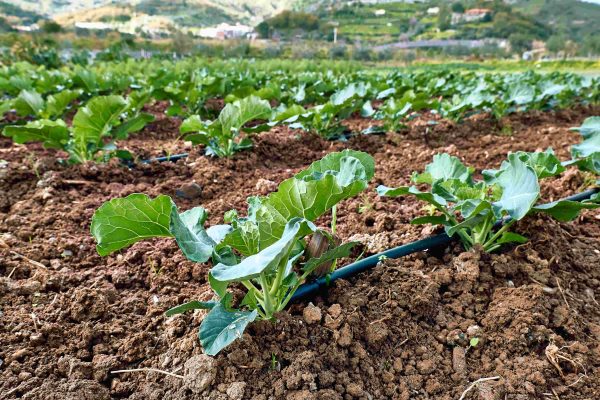
Although this method will limit the plant choices landscaped in your garden, you will not have to spend a lot of effort protecting plants from frost damage. You can include some winter plants and flowers in pots.
10. Place Tender Plants in Sheltered Spots
Location is important! Don’t ever place your tender plants in low spots or exposed areas where they can easily experience frost damage. As cold air moves around, they pass from the lower ground to the slopes, therefore, it’s better to place plants south or west-facing so that they can be provided with some additional protection.
To protect plants from frost, you need to take action immediately. Hope these methods can support you in protecting plants from frost damage to get ready for the first fall frost incoming. Contact us for more information:
- Phone: (206) 279-1450
- Email: info@greenarborlandscaping.com
- Website: https://www.greenarborlandscaping.com/

